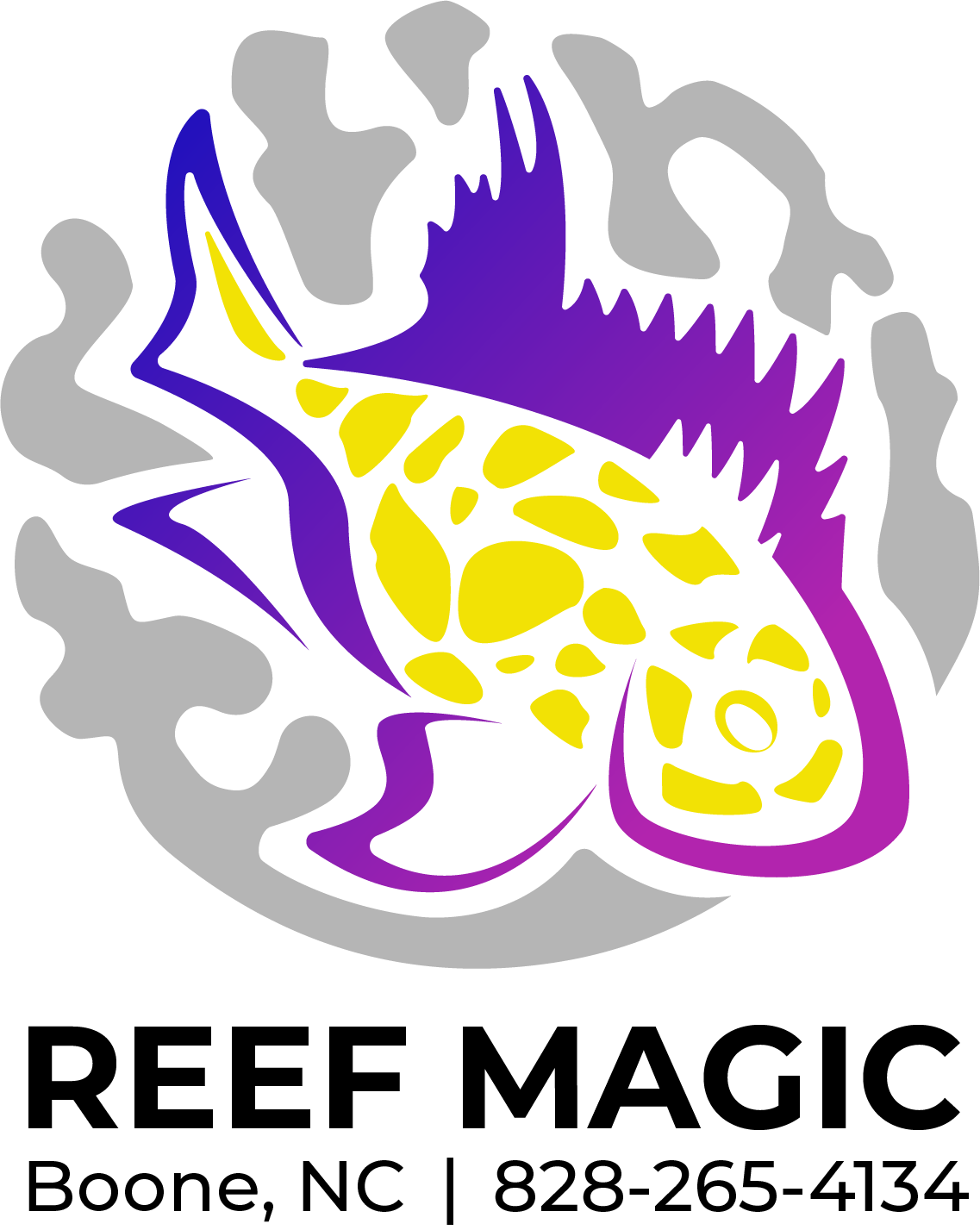 Image 1 of 1
Image 1 of 1


Purple Sea Urchin
Purple Sea Urchins (Strongylocentrotus purpuratus) are captivating marine invertebrates commonly found along the Pacific coast of North America. If you are considering keeping a Purple Sea Urchin in your aquarium, it's important to understand and meet their specific requirements:
Tank Size: Purple Sea Urchins can grow to a diameter of about 3 to 4 inches. They require a tank with ample space to move and explore. A minimum tank size of 20 gallons is recommended to provide enough room for their activities.
Water Parameters: Maintaining stable and appropriate water conditions is crucial for the health of Purple Sea Urchins. The recommended water temperature should be between 50°F and 70°F (10°C to 21°C). Salinity levels should be maintained at around 1.024 to 1.026 specific gravity, and pH levels should be within the range of 7.8 to 8.4. Regular monitoring of ammonia, nitrate, and nitrite levels is essential.
Substrate: Provide a suitable substrate for Purple Sea Urchins to move and graze on. A sandy or gravel substrate is ideal, allowing them to bury themselves partially or completely if they feel threatened or during resting periods.
Water Flow: Purple Sea Urchins can tolerate a range of water flow, but moderate water movement is generally preferred. Position powerheads or aquarium pumps to create gentle and indirect water flow to mimic their natural environment.
Feeding: Purple Sea Urchins are herbivores and primarily feed on various types of algae. Provide a variety of marine algae, such as sea lettuce (Ulva), kelp, or macroalgae, as their main source of nutrition. Supplement their diet with specialized sea urchin food or vegetable-based fish foods. Ensure a consistent and regular supply of food to meet their dietary needs.
Tank Mates: Purple Sea Urchins are generally peaceful, but they may be territorial and use their spines for defense. It is important to choose tankmates carefully to avoid aggressive or predatory species that may harm or stress the sea urchins. Keep in mind that some fish species may nibble on their spines, potentially causing harm.
Handling: Exercise caution when handling Purple Sea Urchins, as their spines can be sharp and may cause injury if mishandled. Use protective gloves or utensils specifically designed for handling sea urchins if necessary.
Water Quality and Maintenance: Regular maintenance is essential to maintain optimal water quality. Perform routine water changes to remove accumulated waste and maintain stable water parameters. Utilize a protein skimmer and efficient filtration to remove excess organic matter and maintain water clarity.
It's important to note that Purple Sea Urchins have specific care requirements and may not be suitable for all aquarium setups. Ensure you have a stable and well-established aquarium with suitable algae and proper nutrition available before introducing them. Additionally, consult with experienced hobbyists or marine experts for guidance on their care and compatibility with other tank inhabitants.
Purple Sea Urchins (Strongylocentrotus purpuratus) are captivating marine invertebrates commonly found along the Pacific coast of North America. If you are considering keeping a Purple Sea Urchin in your aquarium, it's important to understand and meet their specific requirements:
Tank Size: Purple Sea Urchins can grow to a diameter of about 3 to 4 inches. They require a tank with ample space to move and explore. A minimum tank size of 20 gallons is recommended to provide enough room for their activities.
Water Parameters: Maintaining stable and appropriate water conditions is crucial for the health of Purple Sea Urchins. The recommended water temperature should be between 50°F and 70°F (10°C to 21°C). Salinity levels should be maintained at around 1.024 to 1.026 specific gravity, and pH levels should be within the range of 7.8 to 8.4. Regular monitoring of ammonia, nitrate, and nitrite levels is essential.
Substrate: Provide a suitable substrate for Purple Sea Urchins to move and graze on. A sandy or gravel substrate is ideal, allowing them to bury themselves partially or completely if they feel threatened or during resting periods.
Water Flow: Purple Sea Urchins can tolerate a range of water flow, but moderate water movement is generally preferred. Position powerheads or aquarium pumps to create gentle and indirect water flow to mimic their natural environment.
Feeding: Purple Sea Urchins are herbivores and primarily feed on various types of algae. Provide a variety of marine algae, such as sea lettuce (Ulva), kelp, or macroalgae, as their main source of nutrition. Supplement their diet with specialized sea urchin food or vegetable-based fish foods. Ensure a consistent and regular supply of food to meet their dietary needs.
Tank Mates: Purple Sea Urchins are generally peaceful, but they may be territorial and use their spines for defense. It is important to choose tankmates carefully to avoid aggressive or predatory species that may harm or stress the sea urchins. Keep in mind that some fish species may nibble on their spines, potentially causing harm.
Handling: Exercise caution when handling Purple Sea Urchins, as their spines can be sharp and may cause injury if mishandled. Use protective gloves or utensils specifically designed for handling sea urchins if necessary.
Water Quality and Maintenance: Regular maintenance is essential to maintain optimal water quality. Perform routine water changes to remove accumulated waste and maintain stable water parameters. Utilize a protein skimmer and efficient filtration to remove excess organic matter and maintain water clarity.
It's important to note that Purple Sea Urchins have specific care requirements and may not be suitable for all aquarium setups. Ensure you have a stable and well-established aquarium with suitable algae and proper nutrition available before introducing them. Additionally, consult with experienced hobbyists or marine experts for guidance on their care and compatibility with other tank inhabitants.






